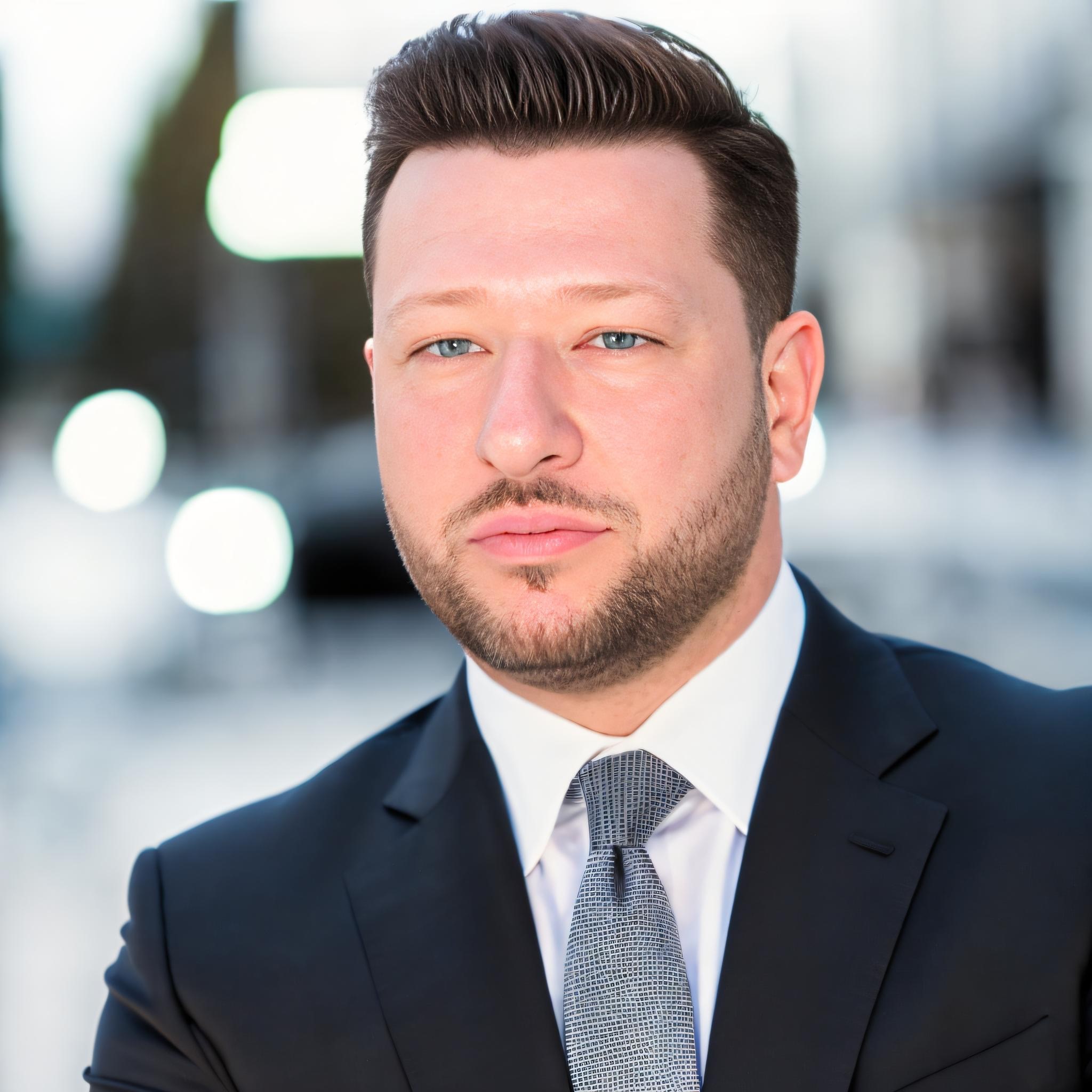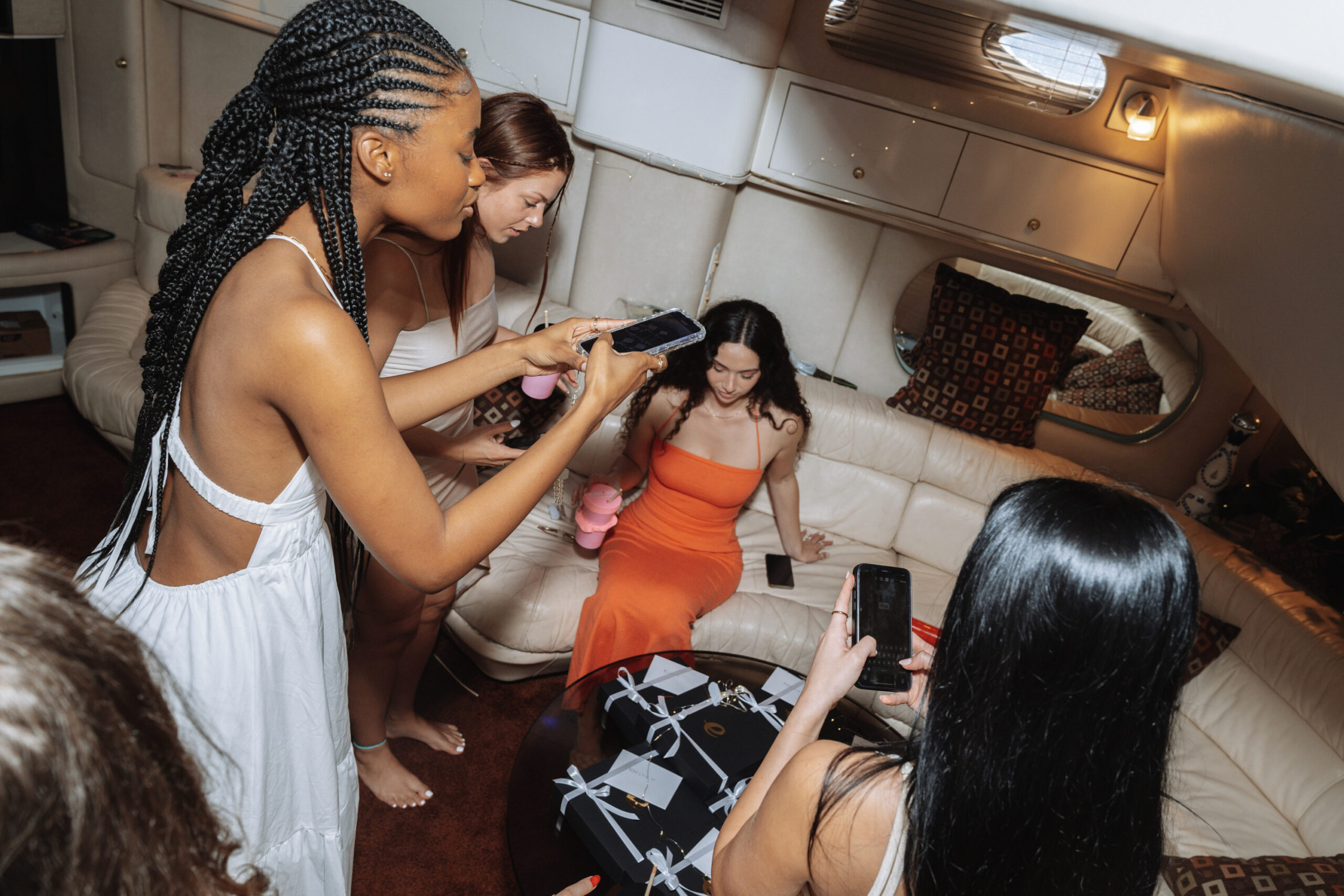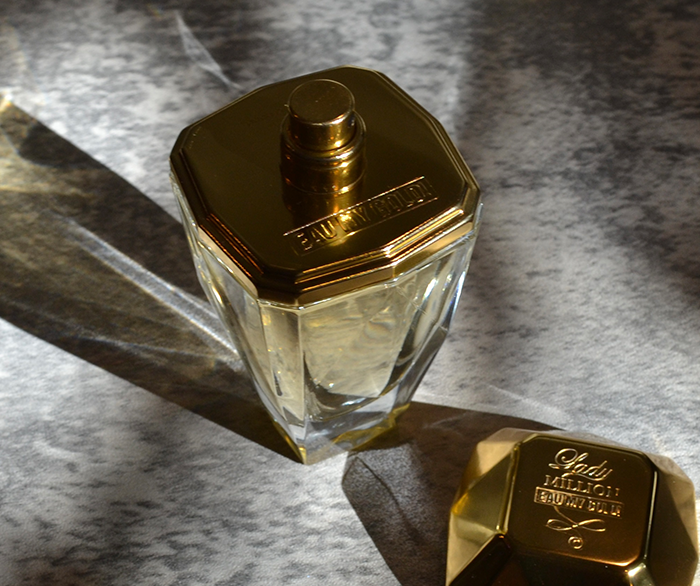While the growth of beauty sales is projected to moderate in the near term, Richard Kirsch, co-founder and CEO of e-commerce destination eCosmetics, sees nothing but long-term upside for the industry.
“The market is so huge. There’s enough people out there for everybody,” he says. “There could be four Amazons, four eBays, four Walmarts and 10 eCosmetics, and I think everybody could still get to $2 billion or $3 billion in top-line revenue.”
Launched during the pandemic e-commerce boom in 2020, eCosmetics stocks over 5,000 makeup, skincare, haircare, fragrance, bath and body, nail care, tools and grooming brands with mass to luxury pricing. Luxury beauty is its top-performing segment, and bestselling products include SK-II’s $99 Facial Treatment Essence, Clarins’ $83 Double Serum Eye, Kerastase’s $40 Nutritive Bain Satin Shampoo and SkinCeuticals’ $94 C E Ferulic. Fashion and accessories were added to the website last year.
Beauty Independent spoke with Kirsch about how eCosmetics is competing with retail juggernauts, its emerging brand strategy and the outlook for the holiday shopping season.
ECosmetics launched at a time when e-commerce sales were taking off. What was that like?
We were supposed to launch earlier, but the pandemic came, and we were delayed a bit. The timing was amazing, though. We started the planning for eCosmetics towards the end of 2017. We had no idea that the world was going to change, and malls were going to get decimated by COVID.
We had anticipated that there was going to be a shift to online purchasing over the course of the next five years, but it happened basically overnight. It put us into a turbo growth mode from day one. It’s been quite a rigorous four years, and we’ve grown exponentially faster than we could have ever anticipated because of that.
Post-COVID, the people that tried online during the pandemic have remained online. For us, that’s translated into a loyal customer base. Our customer base is geared around luxury beauty, and products that are in the higher echelon of price range. Historically, that was a section of beauty people shied away from buying online because they’re worried about authenticity.
When they were forced to do that because of COVID, and they realized they were getting something from us that was exactly the same as they would get at Neiman Marcus, all of a sudden maybe they weren’t going to make that trip to the store. Now, they don’t have to. They trust us.

How have you established credibility with customers, especially for luxury products?
We’ve been very careful about sourcing and making sure everything is freshly dated, not expired, real. Once you garner a reputation that you’re selling legitimate stuff versus the reputation that Amazon got because of their practices of allowing just about anybody to sell on there, it set us apart.
We buy wholesale. In some cases, we buy directly from brands in large quantities, and, in some cases, we buy from distributors. A lot of brands don’t sell direct and rely on their distributors. We have a huge warehouse down here in south Florida, and we have a huge amount of inventory. We have a 100,000 beauty SKUs and 60,000 fashion SKUs.
We’re adding brands every week. That’s our goal, to be the place where you can get everything versus the current model for retailers like Sephora and Ulta where they have products exclusive to them.
So, it’s more about the size of the offering rather than curation?
It’s the convenience of knowing you can get everything in one place. We really focus on customer service and experience. We have very knowledgeable reps. When you call us, text us, email us or web chat us, you’re getting a human. You’re getting someone that’s very knowledgeable about the products who’s willing to sit there and talk to customers about what they would recommend or how they should use the products.
We also have a lot of educational content. We have people writing for us, and we try to give the customers information to keep them updated on the latest trending stuff. If the Oscars are happening, we’ll have a blog up in two days about the makeup and fashion people were wearing. We’re going to be doing Halloween stuff soon where we try to teach them how to do Halloween makeup.
Who do you consider direct competition?
Currently, I don’t feel like there is another pure-play e-commerce site that I would consider direct competition to us. I mean, obviously, you have your Sephoras, Ultas, Nordstroms and Neimans, but they’re really brick-and-mortar. They’re not trying to push people to their websites. Then, you have Dermstore, but they mainly carry skincare brands and a smattering of makeup brands.
At the rate we’re growing, I don’t know if there is anybody that we’re fighting with for traffic. We’re on every possible search engine and social platform we can be on. Our growth rate is massive, and we haven’t seen a slowdown.
We thought, theoretically after COVID subsided andmalls started to reopen, that we would see a slowdown, but we haven’t. That tells me that the shift to online is a permanent one. People that maybe would never have bought their $400 La Prairie product online before now will because they know it’s real, but they would never have done it if the malls hadn’t closed. Now, they’re continuing to buy it online.
What’s the growth been like?
We’ve been doubling year-over-year, and we’re doing that again this year. We’re becoming more of a household name now in year four. Word of mouth is kicking in and people are telling their friends about what a great experience they had. So, we’re experiencing organic growth, too, and maybe that’s why we’re not experiencing any slowdown. It’s a testament to our team and how well we treat the customers.
It could also be the fact that people are becoming more price-conscious. We run more site-wide discounts and specials than say an Ulta who maybe runs 30% off four times a year. We do it 12 times a year, for example. We don’t have the overhead of brick-and-mortar stores that we have to worry about.
Brands and small retailers often argue that the promotional strategy of larger brick-and-mortar and online retailers devalues the market. What’s your take?
It becomes a question of what is more important to you. Do you want to grow? Or do you want to adhere to a policy that’s makes you look less cheap, but, at the same time, you want to achieve a ton of growth? It’s very difficult to achieve both things.
When we have a direct relationship with a brand, they tell us the rules, and we stick to them. If a brand tells us, look, we don’t want you to discount our brand, then we adhere to that. But if we give our customers a site-wide coupon and we say your brand is excluded, you are probably not going to get the sales that your competition is getting if they’re included in the promotion.
Everyone has their own strategy. We are extremely interested in growing and gaining more customers, so we will run the discounts that retailers like Sephora will run twice as often as they do.
What’s the average order value on the site?
It’s close to a $100. Part of that is because people are trending toward the more expensive beauty items, but also because cart size is expanding and the number of items that they’re ordering are more than we had expected. The average order size has gone up since we added fashion.
I’d say 20% of the beauty brands we carry fall under luxury, and more than half of our sales are generated from that category. That includes Chanel, Clarins, Kerastase, Shiseido and SkinCeuticals. These products are very popular and are also not widely available.
What’s eCosmetics’ emerging brands strategy?
We want to be there early, and we want to make sure we have a good relationship with them. The idea, is if we’re with them when they were not as big and they become huge, they’ll remember and give us priority when it comes to getting us their newest products. For example, KimChi Chic Beauty came to us directly. We decided to partner with them, and they became very popular because they got very big on TikTok Shop.
We have a huge team that all they do is they go out and look for brands and vet them. If they feel like they’re a good fit, we get them up on the site. As far as creating demand, that’s tough. I mean that’s something that they have to do and that’s difficult when you’re competing against all these brands, but some people have a knack for it. Innersense is another one that all of a sudden kind of blew up out of nowhere.

How is eCosmetics funded?
We had some angel investors. I was one of them, and it didn’t require that much. We had a round of funding, and we just took off from there. The beauty of this business is there’s a decent margin of profit, and it really funds your advertising.
We’re trying to grow as fast as possible. Our focus has been on growing the top-line and to not lose money in the process. We haven’t needed more huge chunks of funding. The business pretty much funds itself once you get going. As long as the customers that you acquire don’t leave you, you’re in great shape.
There have been luxury e-tailers scaling back and shuttering beauty businesses. Why is that happening?
What you had was a bunch of websites that were not beauty sites and a lot of them just threw beauty up on their site because they figured, well, I’m selling a bunch of clothes, and my customers will probably buy beauty stuff, too.
You have to have a reputation for selling authentic products and come with the education and social media side of it. I don’t think it’s something that you can just throw up on your fashion site and succeed with. A lot of people that did that now are having to scale it back because it didn’t work out for them.
Beauty e-commerce in the U.S. is dominated by large multi-category players like Amazon, Walmart and Target and specialty retailers like Ulta and Sephora. TikTok Shop is also coming up in the ranks fast. How does a smaller pure-play beauty e-tailer gain a foothold in the market?
It comes down to the basics. The basics are people. When people are looking for their beauty products in the U.S., most people just go on Google or Amazon and search for them.
No. 2 is what they see on social media. We have a very, very big social media presence. We have a lot of influencers and bloggers talking about us and the brands and the products we have on the site. We also have a big presence on search engines. If you’re going to compete, those are the two places to do it.
Our customers want exactly what they bought at the mall, but they don’t want to drive back to there, and they want a better deal on it. That’s where we come in. We encourage people to go to the mall, find the fragrance or makeup that they love, but, once you find it, let us send it to you on subscription at the best price you’re going to find.
They want to make sure that No. 1, it’s convenient, and No. 2, they want it to be exactly what they ordered. They don’t want it to be expiring soon or broken, and they want to get it quickly. That’s what we do the best.
Beauty sales are moderating after a few years of supercharged growth. What’s your outlook on the category?
The interesting thing about the beauty category is there’s so many different facets of it, and we watch different segments of it go up and down at our company.As an aggregate, it’s trending up for us. I can see how a retailer who’s mature like an Ulta or Sephora could theoretically see a downtrend. Even though the category may be coming off of the high and going into more of a dip, we aren’t feeling it because we’re still introducing ourselves to everybody. We are still in the honeymoon phase.
From my perspective, I don’t see any comedown. If anything, I expect this fourth quarter is going to be the biggest quarter we’ve ever had by far. We’re in the ebb of summer, and we’re doubling last year’s numbers. Word of mouth is growing, and we’re getting organic exposure on top of the fact that we are spending a lot on advertising.
Everything that we make goes back into advertising, and we know what happens in the fourth quarter around the holidays. It’s going to be crazy, and we’re excited about it.
This story was revised on September 13.


